Gold price waits for rates clues from Jackson Hole
Political turmoil in the US has the potential to 'help gold in the short and longer term'
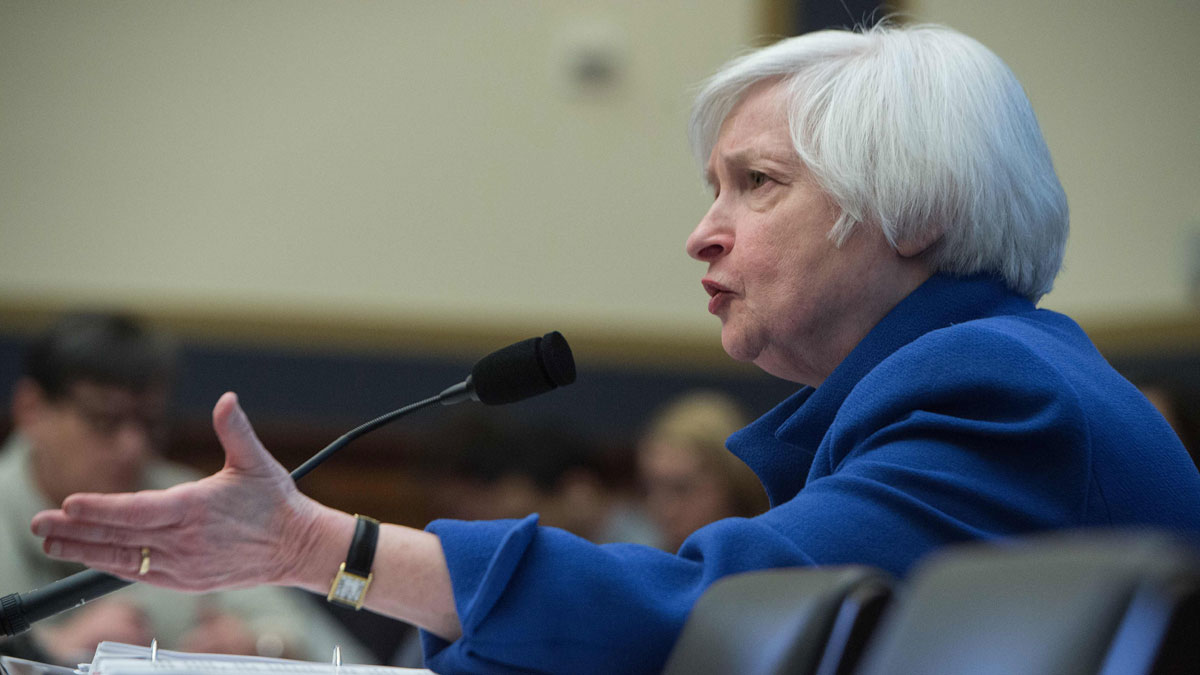
Gold price: 'classic risk-off' trade spurs gains
12 August
Investors around the world have been caught off guard by China's move to undertake a substantial devaluation of the yuan.
The decision is reverberating around markets and causing commodities in particular to fall sharply. All, that is, except gold.
The Week
Escape your echo chamber. Get the facts behind the news, plus analysis from multiple perspectives.

Sign up for The Week's Free Newsletters
From our morning news briefing to a weekly Good News Newsletter, get the best of The Week delivered directly to your inbox.
From our morning news briefing to a weekly Good News Newsletter, get the best of The Week delivered directly to your inbox.
Despite a surge in the US dollar, against which the yuan is fixed and which usually moves in inverse correlation to the precious metal, gold has recorded four positive sessions in a row.
It is up again on Wednesday as it heads for its longest winning streak in three months, according to the Financial Times. Having closed marginally above $1,110, it hit $1,117 in morning trading before falling back slightly.
The devaluation in China, one of the world's largest markets for most commodities, makes imports more expensive. After the fastest one-day fall ever of 1.9 per cent on Tuesday, the Chinese central bank announced a further 1.6 per cent drop on Wednesday alongside new guidelines for setting the rate which take into account wider market forces.
This is being seen by some as a sign of its intention to get the renminbi listed as a reserve currency with the IMF and could act to keep the currency low at a time when China's economic growth and export market are slowing.
A free daily email with the biggest news stories of the day – and the best features from TheWeek.com
This has weighed on wider commodities and especially the likes of Brent crude oil and copper. Gold has bucked the wider trend because of its status as a quasi-currency and safe haven, with a fall in bond yields as investors flock to sovereign debt helping to boost its attraction.
But can it last? China is also the third largest market in the world for gold so the currency drop could hit demand here too – in fact, the Wall Street Journal notes, the metal did initially fall on the news. There is also a looming rate rise in the US which will act as a significant drag.
Daryl Guppy, the analyst famed for inventing the 'Guppy Multiple Moving Average', an indicator which measure short-term and long-term trends on given markets to predict bull and bear markets, writes for CNBC that gold has consistently failed to find "support" at the higher end of its shorter-term averages and remains on a longer-term downward trajectory.
He said the numbers currently imply the market is likely to find lower daily "resistance" levels until it reaches a "horizontal support level near $980".
Gold price rallies - but can it hold gains?
11 August
Gold is recovering somewhat from a major slump last month, closing above $1,100 for the first time since mid-July on Monday and trading in modestly positive territory again on Tuesday despite renewed pressure on commodities amid a dollar surge.
The positive close to start the week marked the third consecutive session of increases and comes after the worst single month since September 2013, in what has been a protracted fall from a peak in 2011 of well above $1,900.
According to Reuters, the rebound followed fresh uncertainty over a September rise in interest rates in the wake of comments from Federal Reserve vice chairman Stanley Fischer and Atlanta Federal Reserve President Dennis Lockhart.
Fisher had said a global deflationary trend "bothers" the Fed but is only "one of many factors it is watching", while Lockhart chose not to repeat previous statements that he would vote to raise rates next month. A sense that rates will be hiked imminently has added to downward pressure on commodities and especially gold, which have suffered during a strong period for the dollar.
Non-yielding assets will lose favour when yields elsewhere finally begin to grow after nine years of loose monetary policy. The respite for gold may be brief, however, as whether or not it happens in September the Fed has given strong indications its rate decisions are increasingly balanced and most believe it is likely to make a move before the end of the year.
Then there is China. One of the main reasons for gold's fall was the fact Beijing was not buying as much of the metal to underpin its currency as had been expected, while consumer demand makes the country the third-largest buyer of the metal worldwide. A shock downward revision by China to the renminbi's daily fix to the dollar today will make gold more expensive in China and could weaken demand further, says Market Watch.
Gold price: why Aussie miners don't mind the slump
4 August
Gold bugs have been watching with growing concern as prices have plummeted to multi-year lows in recent weeks. Or at least, most of them have.
While UK investors holding gold funds might not be enjoying the latest slump in the precious metal, Australian miners are being cushioned by a weak Aussie dollar which is actually pushing the price per ounce above long-run averages. In addition, the decline in sentiment created by the global commodities rout is creating buying opportunities.
Ian Murray, executive chairman at Australian explorer Gold Road Resources, told CNBC that the average cost per ounce of gold has been A$1,435 over the past five years, but that prices are now running at A$1,500. "US gold prices have declined, but we've had the Australian dollar also decline and that's more than offset the US price decline."
The Aussie dollar is down 11 per cent year to date, while its American counterpart has risen around eight per cent. Spot gold prices are down around eight per cent over the year and, according to Reuters, saw the sharpest monthly fall since September 2013 in July which bottomed out at $1,088. After a brief rally at the end of last week the metal fell back again during Monday's first trading session of August and the price remains around $1,090.
Reuters adds that the currently bearish outlook is also helping domestic mining companies in Australia, creating buying opportunities at attractive valuations. Overseas owners who at their peak controlled 70 per cent of the country's mines are now willing to sell at discounts of up to 60 or 70 per cent, claims Jake Klein of Evolution Mining, which has spent close to A$800 million ($584.40 million) buying mines this year.
[[{"type":"media","view_mode":"content_original","fid":"83645","attributes":{"class":"media-image"}}]]
But the good times may not last. The Sydney Morning Herald notes the Aussie dollar was the third-worst performing currency over the year so far and shed 5.2 per cent in July alone, but that improving domestic demand has seen it among the top three risers this week. At the same time a Bloomberg poll predicts gold has further to fall and could hit $984 an ounce before rebounding.
Gold price: Fed rates hint halts recovery
30 July
Gold has fallen back again after a brief recovery earlier this week which ended its worst losing streak in 20 years, after the Federal Reserve hinted at a rate rise in the near future pushed the dollar towards fresh multi-year highs.
Federal Reserve rate-setters voted as expected yesterday to keep rates on hold, but a shift in language in its statement fuelled speculation that its increasingly hawkish stance will lead to a hike at its next meeting in September.
Despite ostensibly maintaining an equivocal position, the suggestion that risks to the economy are "nearly balanced" spurred markets and pushed the dollar up towards the high watermark reached earlier this year. The Financial Times notes the dollar index, which measures the currency against a weighted basket of its peers, rose by around 0.5 per cent to a day high of 97.46, just three per cent off it's 12-year high in March.
Gold is quoted in dollars and a positive move in the greenback tends to put downward pressure on prices as it reduces buying power. Spot gold was trading down around 0.6 per cent at $1,085, approaching again the five-year low it reached on Friday. It has now been hovering around or below the symbolic $1,100 threshold for more than a week.
A number of analysts have repeatedly asserted that the fundamentals could pin gold down for some time to come, with an actual rate rise potentially pushing it down below $1,000. Two famously bearish analysts who predicted a long-term depreciation in 2012 told Market Watch the price could even dip eventually to $350.
Most would consider this far-fetched, but few dispute that pressures will persist in the short term. Australia's second biggest gold producer, Newmont Mining, told The Australian it was prepared for gold to dip further and that it expected the metal "to bounce all over the place" in the short to medium term.
Gold price: too early to call market bottom
28 July
A losing streak for gold unparalleled in 20 years came to an end on Monday, as gold prices rose slightly amid a squeeze on the dollar and concern over the latest market crunch in China.
The Wall Street Journal reports that gold rose around one per cent to $1,096.40 on the New York Mercantile Exchange, up from the five-year low of $1,085.50 reached on Friday. As shares in Shanghai tanked as much as 8.5 per cent gold briefly regained its allure as a safe haven, boosted by an easing of the dollar which had been powering ahead in recent weeks.
But it is too early to call the bottom of the market. Ira Epstein, a broker with the Linn Group in Chicago, told the Journal that given the scale of the recent price plunge and the drama yesterday, the increase was meagre. In early trading on Tuesday it remains below the symbolic $1,100 threshold and there are plenty who believe key fundamentals present a case for further weakening in the coming days and weeks.
Peter Ward, of London Capital Group, told the Daily Telegraph sentiment towards gold remained mixed after last week's losses, and said that a key test was going to be a Federal Reserve meeting on Wednesday, which is being watched for signs of an imminent rate increase. He said "any hawkish sign" could push prices down towards $1,000, "the critical psychological target". Thomas Price, an analyst at Morgan Stanley, told Bloomberg the price could yet slide as low as $800.
Others suggest that while the market may not yet have bottomed, a turning point could be just around the corner. Clive Hale of Albemarle Street Partners told City AM that money printing by central banks will eventually weigh on key currencies and push investors back into gold, with a price of $1,000 cited as a potential "inflection point".
Video: Canadians take a punt on Irish gold
[[{"type":"media","view_mode":"content_original","fid":"83496","attributes":{"class":"media-image"}}]]
-
 ‘It is their greed and the pollution from their products that hurt consumers’
‘It is their greed and the pollution from their products that hurt consumers’Instant Opinion Opinion, comment and editorials of the day
-
 Jane Austen lives on at these timeless hotels
Jane Austen lives on at these timeless hotelsThe Week Recommends Here’s where to celebrate the writing legend’s 250th birthday
-
 ‘Mexico: A 500-Year History’ by Paul Gillingham and ‘When Caesar Was King: How Sid Caesar Reinvented American Comedy’ by David Margolick
‘Mexico: A 500-Year History’ by Paul Gillingham and ‘When Caesar Was King: How Sid Caesar Reinvented American Comedy’ by David Margolickfeature A chronicle of Mexico’s shifts in power and how Sid Caesar shaped the early days of television
-
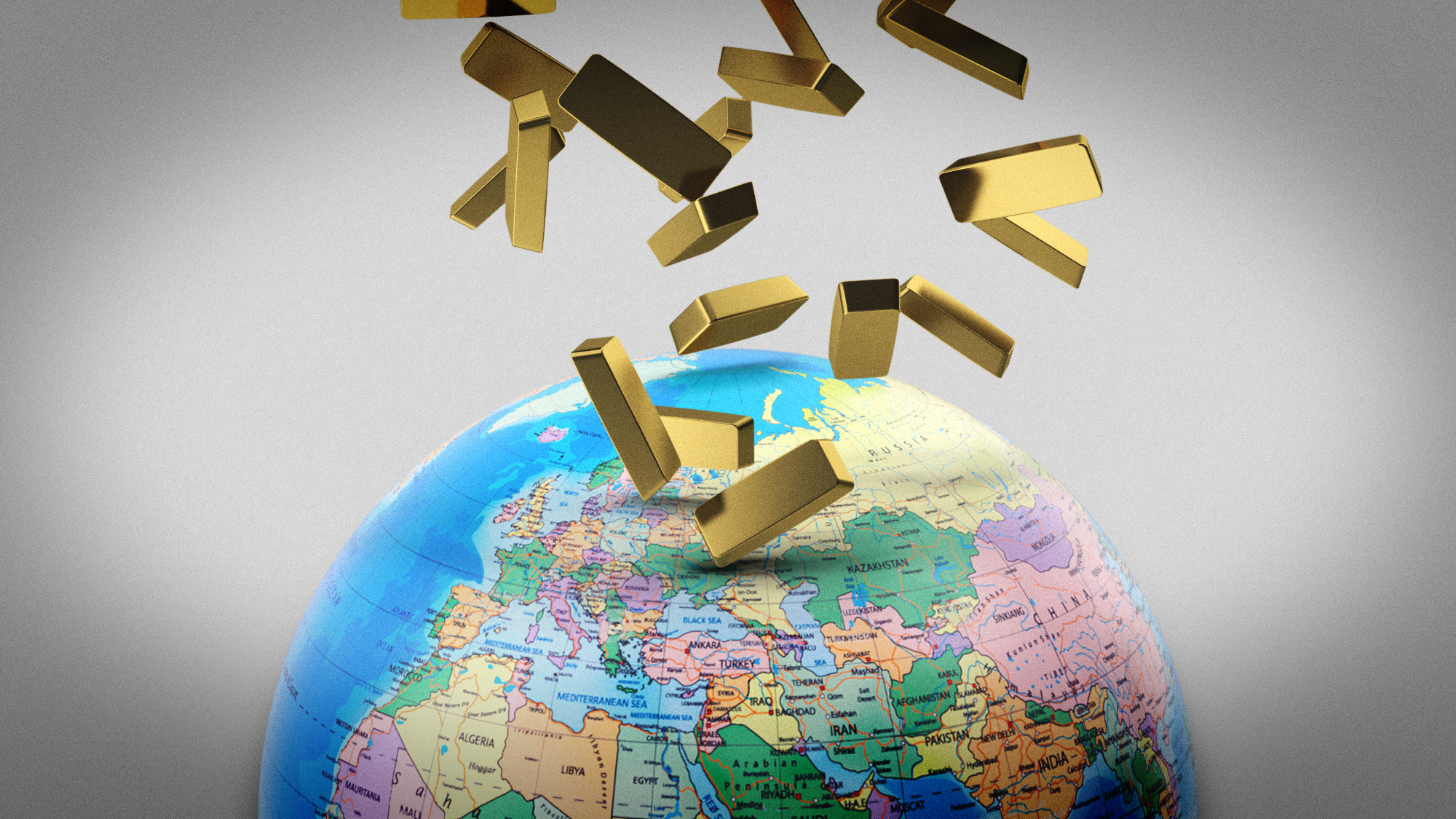 What a rising gold price says about the global economy
What a rising gold price says about the global economyThe Explainer Institutions, central banks and speculators drive record surge amid ‘loss of trust’ in bond markets and US dollar
-
 Gold tops $4K per ounce, signaling financial unease
Gold tops $4K per ounce, signaling financial uneaseSpeed Read Investors are worried about President Donald Trump’s trade war
-
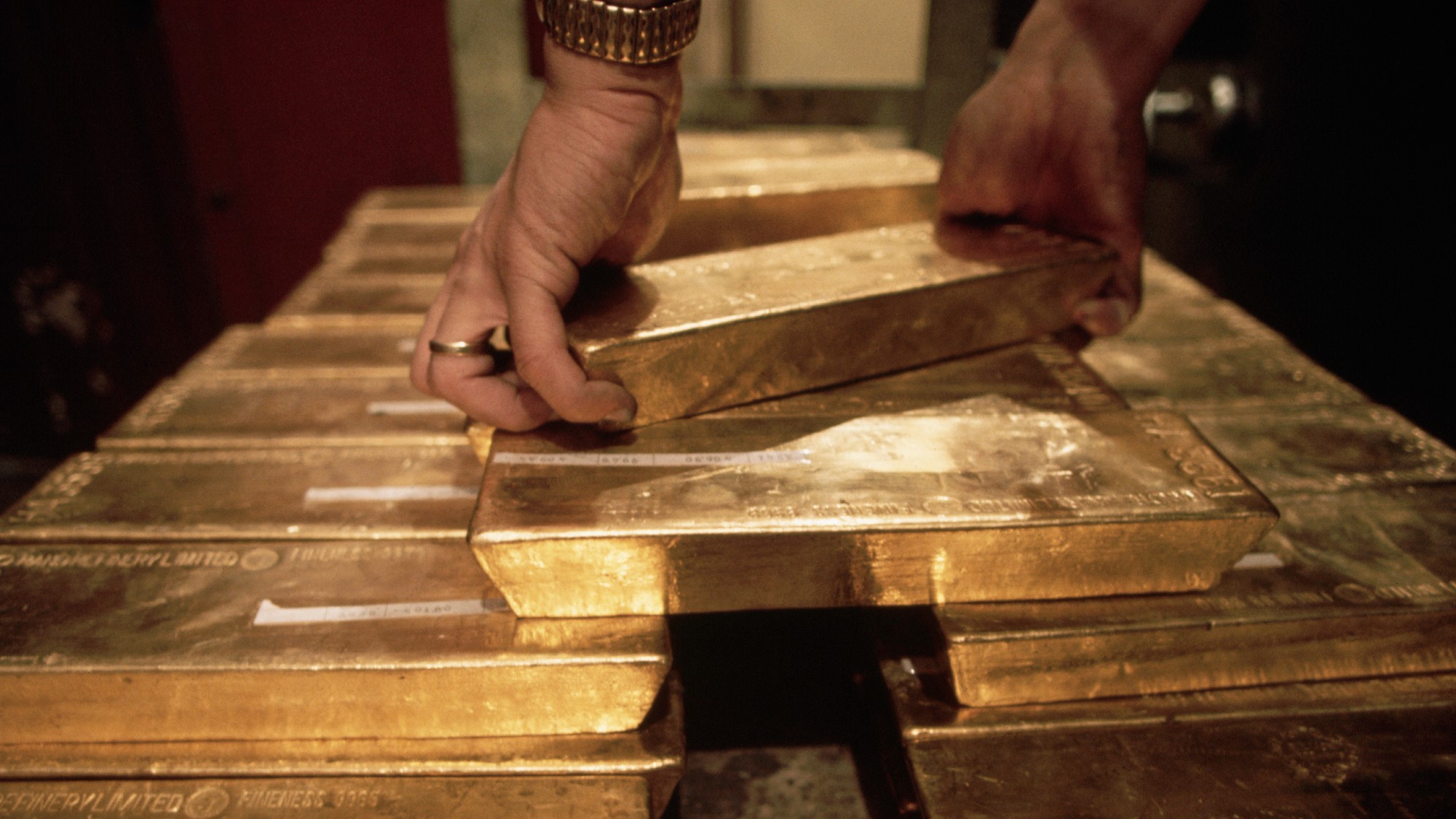 Safe harbor: Gold rises as stocks sink
Safe harbor: Gold rises as stocks sinkfeature It's a golden age for goldbugs
-
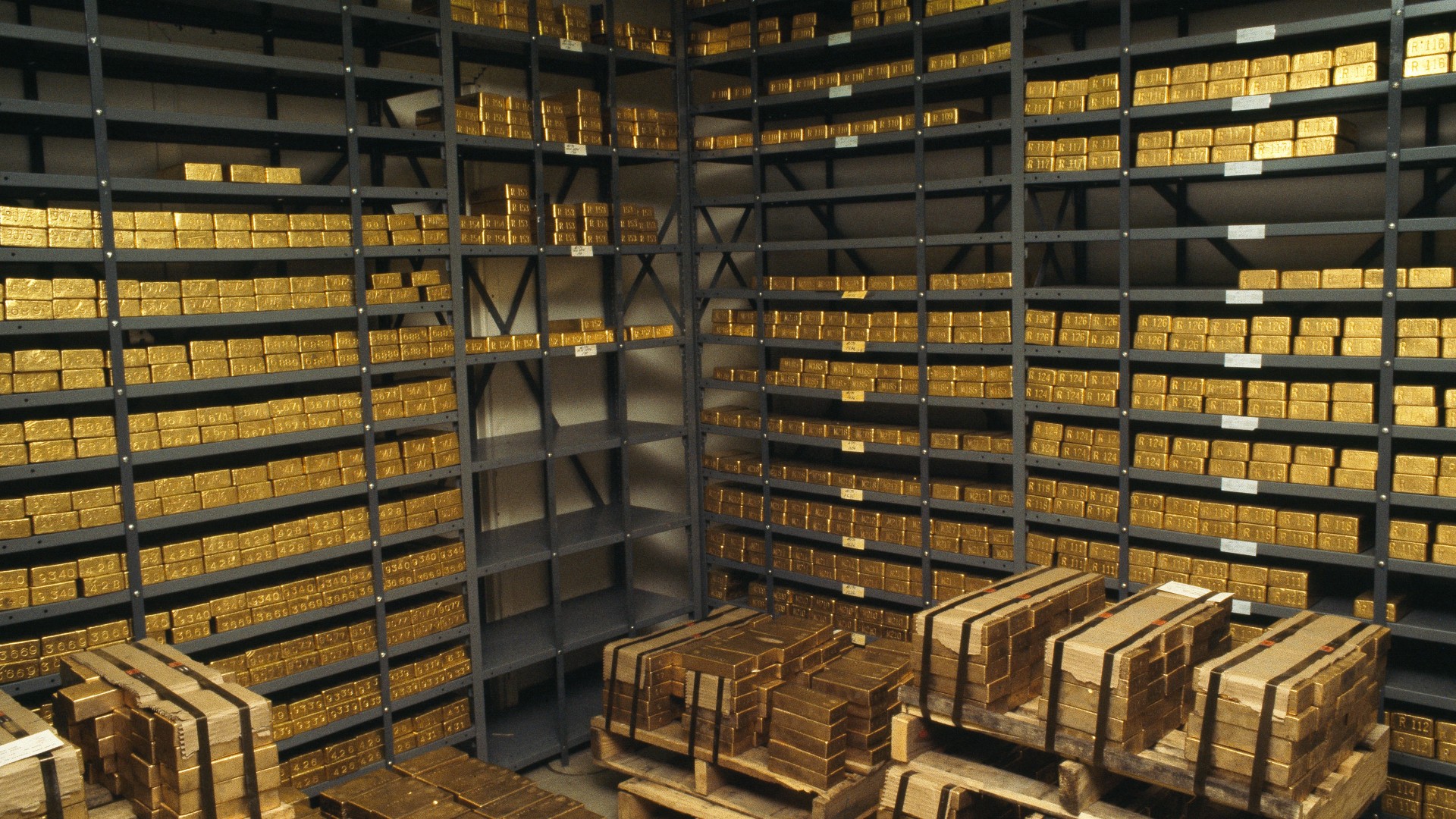 What rising gold prices can tell us about the economy in 2024
What rising gold prices can tell us about the economy in 2024The Explainer Market hits all-time high, boosted by a weakening US dollar and rising global tensions
-
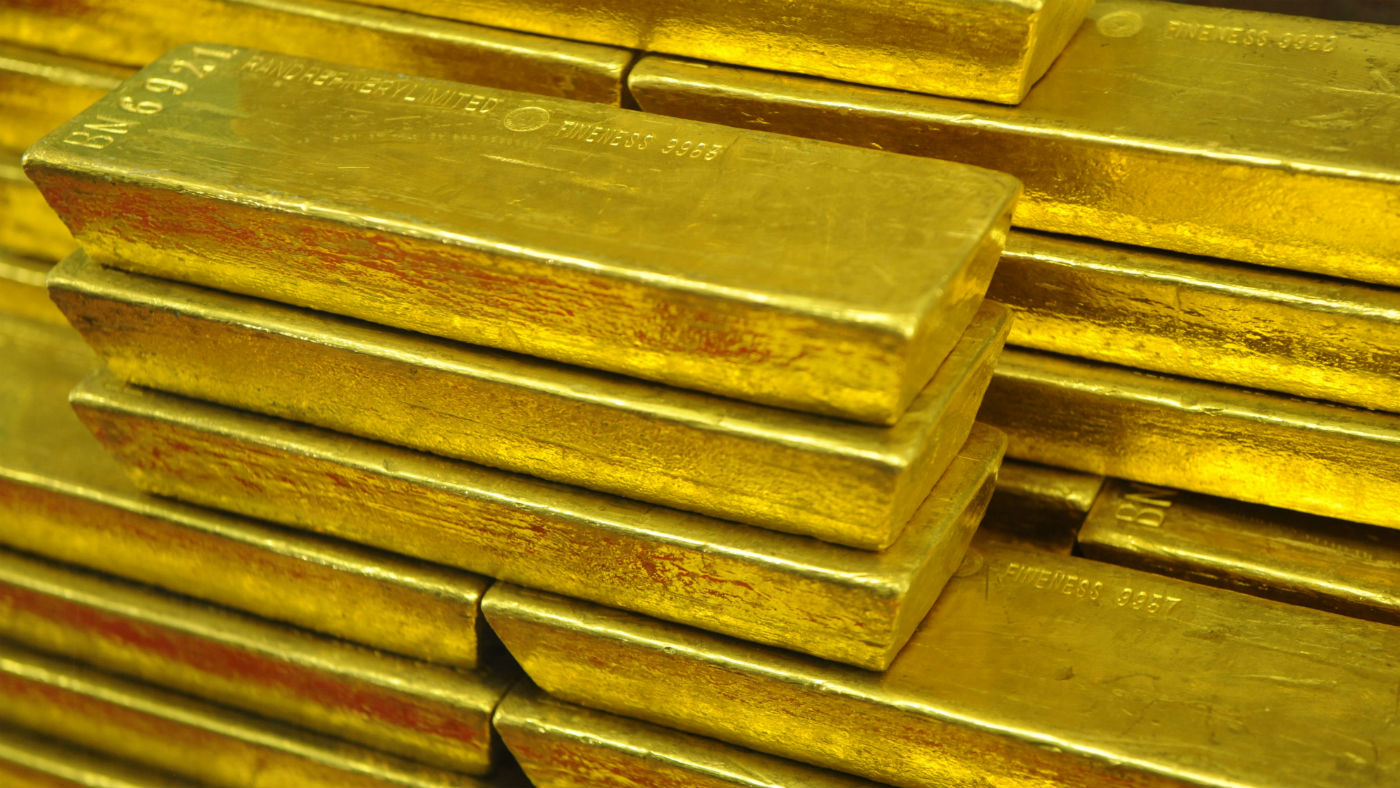 Gold’s ‘flash crash’: what the experts think
Gold’s ‘flash crash’: what the experts thinkfeature Bad news, good news and a loss of faith
-
 What is the price of gold and when is best to buy?
What is the price of gold and when is best to buy?Speed Read Economic and geopolitical uncertainty traditionally drives investors to reliable metal markets